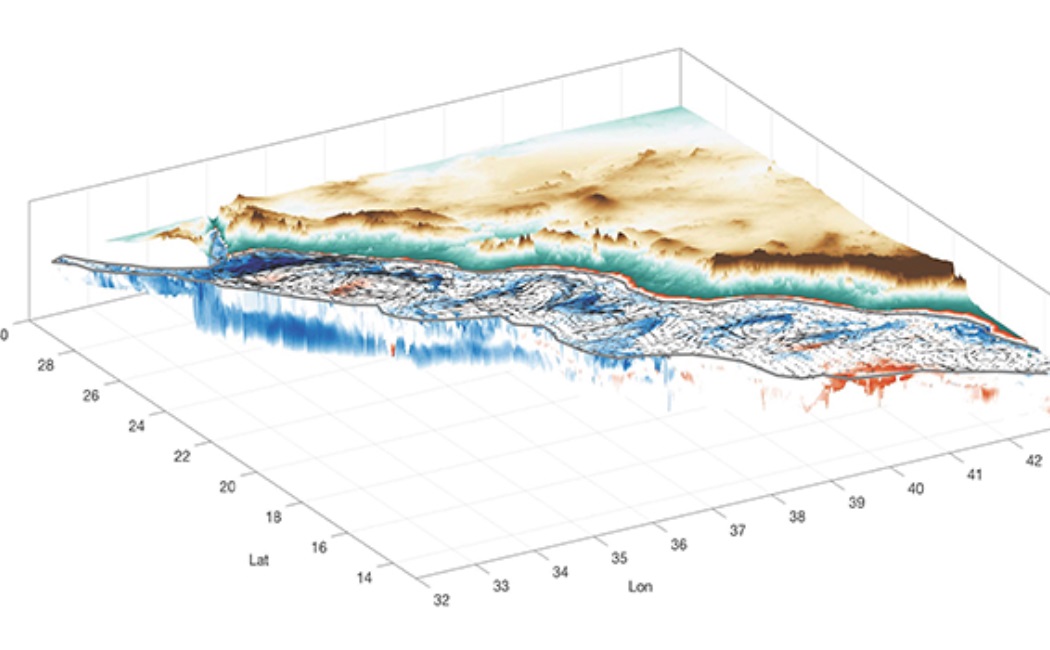


02 May, 2019
A KAUST study on the 3D structures of mesoscale eddies in the Red Sea reveals their significant role in balancing fluctuations in salt and heat within the basin. These eddies, often called the ocean's weather, transport energy and biochemical materials, impacting circulation patterns.
Led by Ibrahim Hoteit and Peng Zhan, the team used the MIT general circulation model to simulate Red Sea dynamics over 14 years (2001-2014), revealing the 3D characteristics of eddies. They found that eddy-induced transport is most active in the central and northern Red Sea, influencing both heat and salt fluxes.
Eddies accounted for 8% of the total variance in surface heat flux but 39% in salt flux. This indicates their critical role in dispersing heat, salt, and biogeochemical particles. The study also uncovered a negative feedback mechanism between eddies and mixed-layer depth steepness, balancing heat and transport.
The team is now working on enhancing models to further study eddy-induced transport and its interaction with the atmosphere.
🔗 Read more on KAUST Discovery
Zhan, P., Krokos, G., Guo, D. & Hoteit, I. Three-dimensional signature of the Red Sea eddies and eddy-induced transport. Geophysical Research Letters 46, 2167-2177 (2019).| article